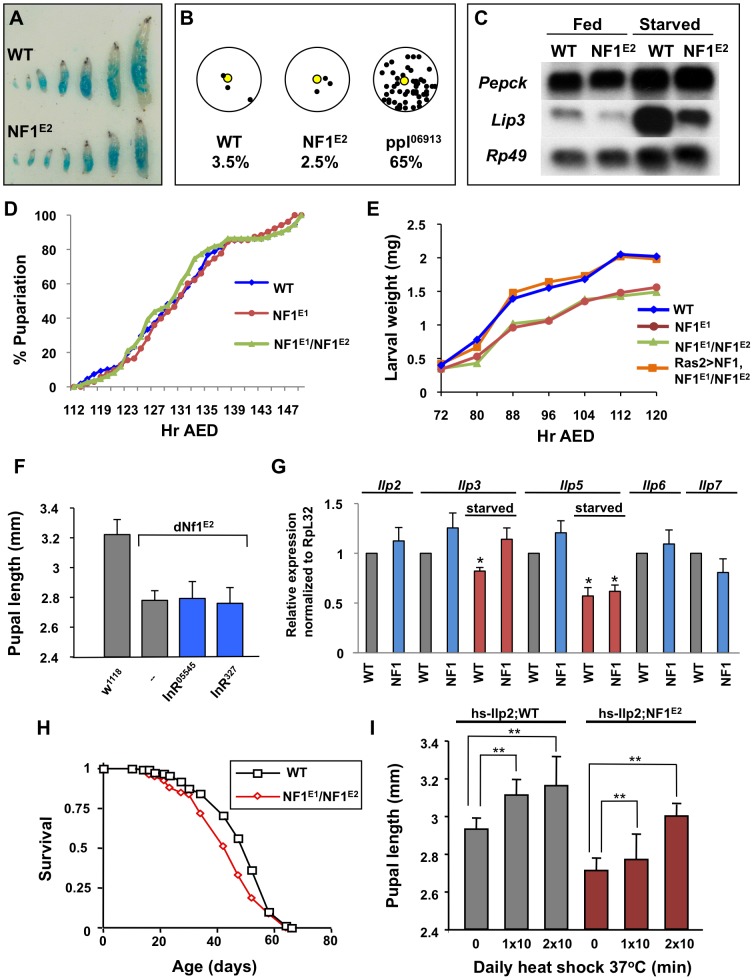Figure 1. Loss of dNf1 does not phenocopy starvation or alter developmental timing.
(A) Wild-type (w1118) and dNf1 larvae ingest similar amounts of food. Larvae at different stages of development were photographed after 25 minutes of feeding on dye-colored yeast paste. (B) As opposed to ppl mutants, wild-type and dNf1 larvae do not wander from a food source (fraction of wandering larvae: WT 3.5% (SD 0.007), dNf1 2.5% (SD 0.007) and ppl 65% (SD 0.057)). In a similar assay, dNf1 larvae also showed no abnormality in moving towards a food source (not shown). (C) RNA blot analysis of the starvation-sensitive genes, PEPCK and Lip3 shows that dNf1 larvae do not show elevated levels of either mRNA under normal feeding conditions. (D) Wild-type and dNf1 larvae show no significant differences in developmental timing, as assessed by time of pupariation after egg deposition (AED). (E) The dNf1 growth rate, as assessed by larval weight, is reduced throughout larval development when compared to wild-type or a Ras2>UAS-dNf1 control. (F) Two hypomorphic insulin receptor alleles, InR05545 and InR327, do not modify dNf1 pupal size. (G) ILP mRNA expression is not obviously reduced in dNf1 larvae. H) dNf1 adult flies show no altered longevity compared to wild-type controls. (I) Over-expression of Ilp2 from a hs-Ilp2 transgene in dNf1 larvae results in a similar increase in size as in wild-type flies.

